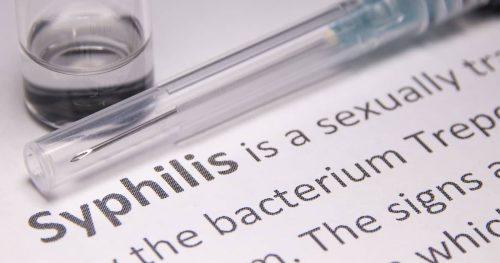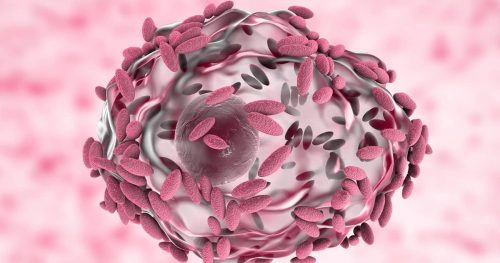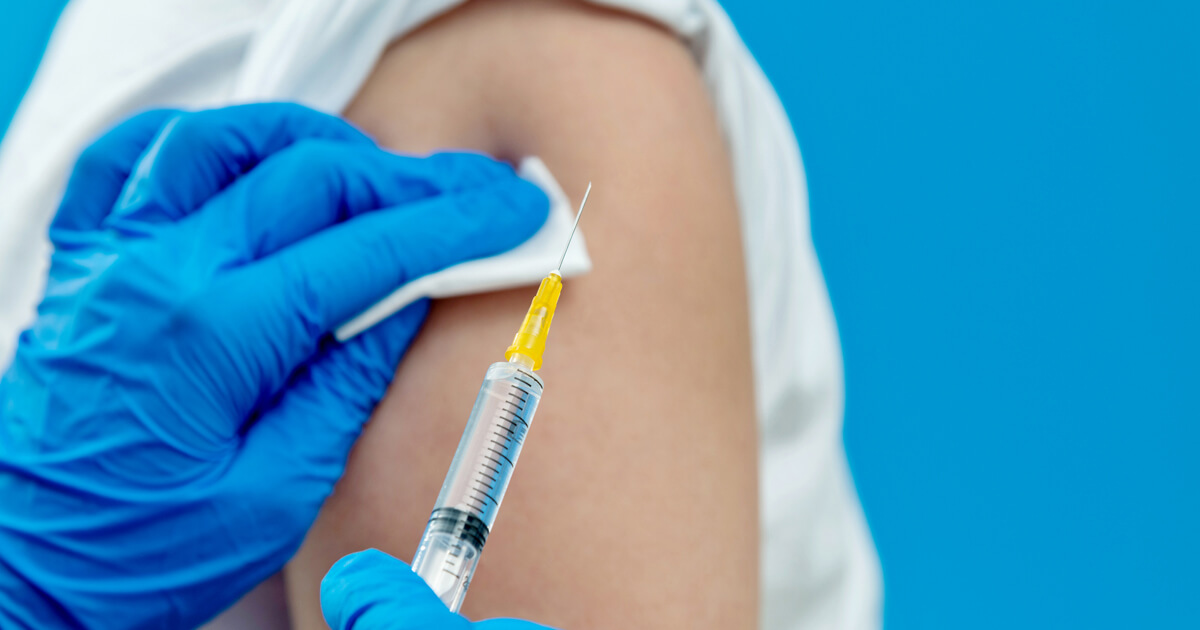The presence of one or more STDs can trigger the onset of other syndromes. Proctitis is an inflammation of the lining of the rectum which mostly occurs in people who have anoreceptive sex. Gonorrhea, chlamydia and LGV, syphilis and herpes are the most common pathogens associated with this disease. Indicated by rectal pain, bleeding and discharge, proctitis can lead to other complications if left untreated. Find out more information on proctitis in this article.
Continue readingCervicitis: A STD Complication which Can Lead to PID
STDs may result in body-damaging repercussions if left untreated. Gonorrhea, chlamydia, genital herpes and trichomoniasis can cause cervicitis, an infection of the end of the uterus. Cervicitis can be both symptomatic (acute or chronic) and asymptomatic, but this complication which mostly stems from STDs can develop into pelvic inflammatory disease (PID) which threatens a woman’s fertility. In this article, discover more about this infection, how it is diagnosed and treated.
Continue readingTertiary Syphilis: Something Dangerous Happens When Syphilis Goes Unnoticed
Although syphilis is highly curable, people can have the disease for years without knowing it. When left untreated, syphilis can progress into later stages. Tertiary syphilis is the final stage of the disease that comes with life-threatening damages as it may affect a person’s brain, nervous system, joints, liver, eyes and ears. In this article, we dive deeper into the stages of syphilis, symptoms of tertiary syphilis, its diagnosis and treatment.
Continue reading2 STDs That Can Seriously Damage a Woman’s Fertility
Infertility is one major damage caused by gonorrhea and chlamydia. These two STDs, if left untreated, can progress into pelvic inflammatory disease (PID) that leads to the blockage and scarring of the fallopian tubes. This blockage can hinder sperm from swimming to the egg and fertilizing it. Not limited to that, this damage can prevent embryos from reaching the uterus. In this article, find out how chlamydia and gonorrhea can develop into infertility.
Continue readingPubic Lice & Scabies: 2 Annoying and Intensely Itchy STIs
Pubic lice and scabies are two STIs not many people might have heard of. Caused by parasites, these infections cause extreme itchiness at night. Both pubic lice and scabies are spread through close physical contact and sexual activities act as the main way of transmission. Not limited to sexual contact, sharing bedding, clothing and towels can also contribute to spreading the disease. In this article, get to know the symptoms of these STIs, how they are spread, diagnosed and treated.
Continue readingBacterial Vaginosis: Don’t Mistake It for Yeast Infection
Bacterial vaginosis (BV) is not an STD but is closely linked to sexual activities. This condition occurs when normal bacteria overgrows and disrupts the natural balance of the vagina. Researchers believe that sexual activities change the vaginal environments. This infection is often indicated by unusual vaginal discharge that is gray or off-white in color and emits a strong fishy smell. Find out how BV differs from yeast infection and trichomoniasis, its risk factors and treatments in this article.
Continue readingDonovanosis: 4 Useful Facts To Know About This Ulcerative STD
Itchy or painful lesions and open wounds are typical symptoms of an STI. However, lesions resulting from donovanosis are often painless. Donovanosis or Granuloma inguinale is a sexually transmitted disease not many people have heard of. It is categorized as an ulcerative STI along with herpes and syphilis. This STI often begins with the emergence of painless bumps or lumps before progressing into red and tender lesions. In this article, get more familiar with the disease as you learn about its symptoms, how it spreads, how it is diagnosed, treated and prevented.
Continue reading3 Experimental mRNA HIV Vaccines: Hope on the Horizon to Prevent HIV?
Scientists have always been working on finding a safe and effective HIV vaccine. While so many advancements have been made over the past 4 decades since HIV was first discovered, inventing an HIV vaccine proves to be daunting and challenging. In March 2022, NIAID in collaboration with Moderna conducted a clinical trial of 3 experimental HIV vaccines utilizing the messenger RNA technology, a technology used in the discovery of the first two licensed COVID-19 vaccines. These vaccines work by triggering the body’s immune response to a certain pathogen.
Continue readingWhich STDs Increase the Chances of Getting HIV?
STDs can increase the risk of HIV transmission. Several STDs changes the cell lining in the vagina, penis, mouth or rectum and cause lesions on the skin or organ surfaces that facilitate HIV transmission. The other way this can happen is when immune cells are trying to fight inflammation caused by existing STDs and HIV tries to infect these immune cells. In this article, we discuss which particular STDs increases the chances of you getting infected with HIV why it happens
Continue readingGenital Warts, HPV’s Less Sinister Daughter
HPV is indeed one of the most common sexually transmitted infections. While HPV types 16 and 18 are hazardous and can lead to cervical cancer, strains 6 and 11 can develop into an uncomfortable health condition called genital warts. Despite being relatively harmless, genital warts are still contagious and can spread without the presence of visible symptoms. In this article, we take a closer look at how genital warts spread, its symptoms, diagnosis, treatments and prevention methods.
Continue reading









